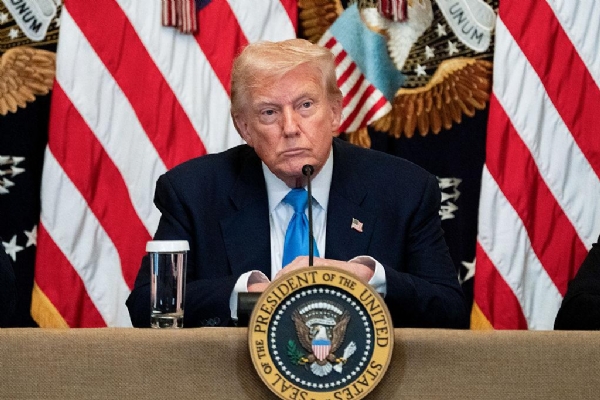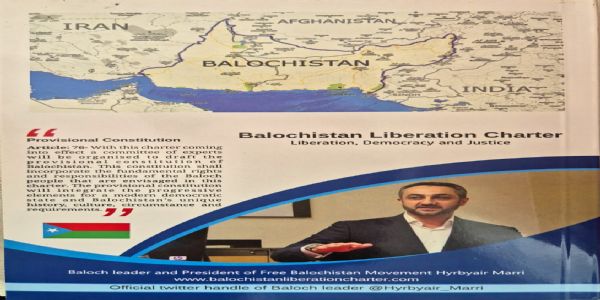
Delhi, 1 August (H.S.): US President Donald Trump signed an executive order imposing new tariffs on a range of trading partners, including a 25% tariff on India, effective August 7 On Thursday. The tariffs, termed reciprocal, will apply to imports from 68 countries and the 27-member European Union, with rates ranging from 10% to 41%. Aiming to reshuffle US trade policy, this order is anticipated to challenge the global economy and traditional alliances.
A White House official noted that the implementation delay was meant to prepare customs for the changes.Despite securing additional trade talks with Mexico extending 90 days, uncertainties loom over many countries as the deadline approaches. Companies worldwide are bracing for heightened operational costs. Legal challenges have emerged, with appeals court judges questioning the legitimacy of these tariffs, which are among Trump's most extensive.
The tariffs impact numerous countries: for example, Canada faces a rise to 35% from 25%, and Brazil has a 10% tariff. Specific rates include Afghanistan (15%), Algeria (30%), Iraq (35%), Syria (41%), and others facing various percentages. Non-listed countries will default to a 10% tariff. Adjustments have been made, such as Madagascar dropping from 47% to 15%, while Switzerland increased from 31% to 39%.
Trade partners are organized based on their trade balance with the US, with varying tariffs for countries with surpluses and deficits. Larger U.S. trading partners include Mexico, Canada, and China. Trump's recent statement indicates contemplation of further tariffs on Mexico and China, with the latter potentially receiving a three-month deadline extension.Despite the significant changes, Trump asserts that it’s too late for negotiators to avoid tariffs, though he remains open to further discussions. According to a White House spokesperson, Trump's trade agreements aim to unlock markets valued at over $32 trillion, affecting 1.2 billion individuals globally. As the new tariffs come into play, businesses anticipate challenges in navigating these shifts in trade policy.
Hindusthan Samachar / Jun Sarkar







